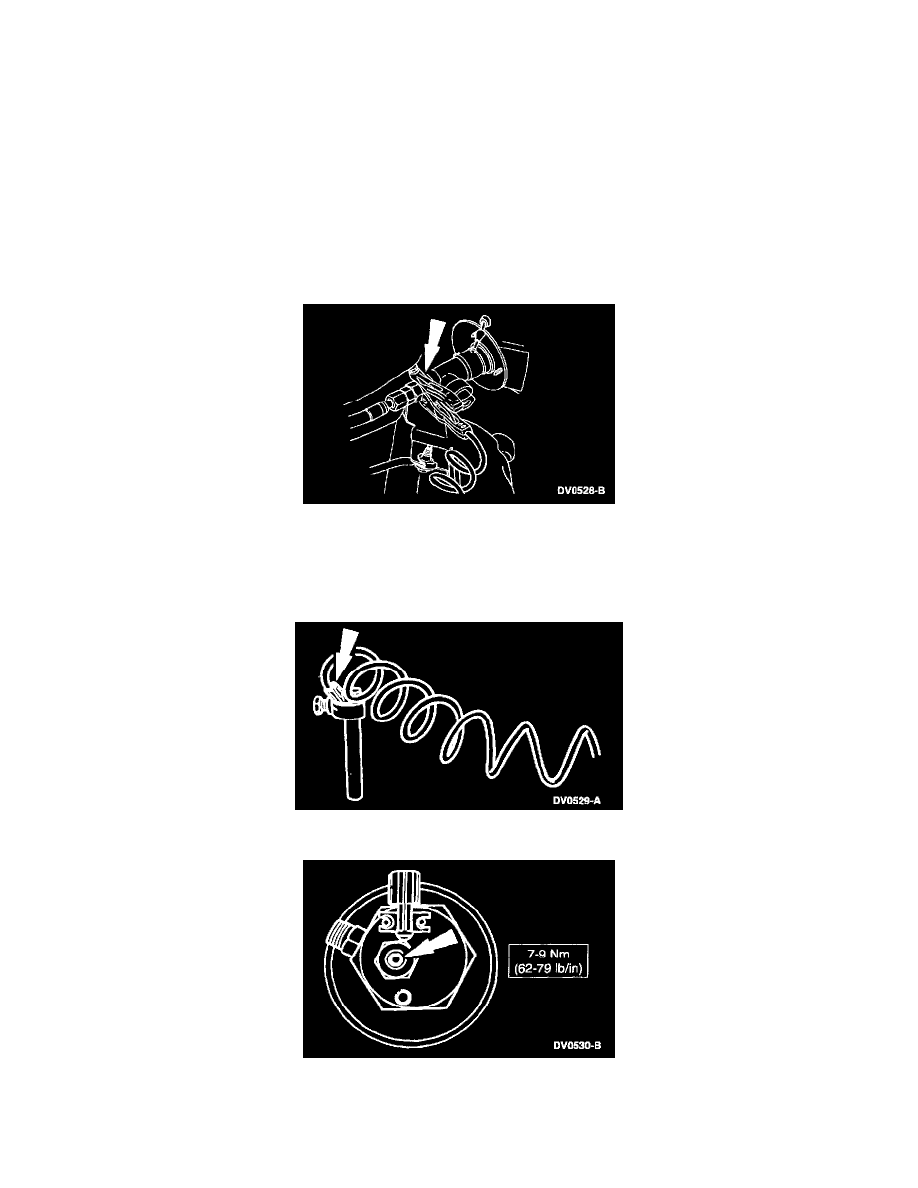F 150 4WD Pickup V8-5.4L CNG VIN M (2001)

MATERIALS, COMPONENTS AND SYSTEM CONFIGURATION FOR THE NATURAL GAS VEHICLES, AND EACH PARTICULAR
SYSTEM IS PRECISELY CALIBRATED FOR EFFICIENT OPERATION. THE USE OF DIFFERENT PARTS OR MATERIALS CAN
PRODUCE AN UNTESTED CONFIGURATION THAT COULD RESULT IN FIRE OR PERSONAL INJURY, OR CAUSE ENGINE
DAMAGE.
^
FUEL LINE VENTING IS REQUIRED PRIOR TO FUEL SYSTEM COMPONENT SERVICE.
^
EYE AND EAR PROTECTION ARE REQUIRED TO BE WORN DURING VENTING OR REMOVAL AND INSTALLATION OF FUEL
SYSTEM COMPONENTS.
^
THE STATUS (STUCK OPEN, STUCK CLOSED, DOES NOT OPERATE OR GOOD) OF EACH FUEL TANK SOLENOID VALVE MUST
BE IDENTIFIED PRIOR TO VENTING THE FUEL TANKS.
NOTE:
^
It is recommended that venting be performed with a vent stack. A typical vent stack installation is shown in the Description and Operation portion.
This is a typical installation only. Any vent stack installation must be approved by local authorities.
^
Do not vent any fuel tank unless the fuel tank or the fuel tank solenoid valve is being replaced. Unnecessary venting of good tanks can cause
damage to the fuel tank solenoid valve.
1. Connect the grounding cable to the back side of the fuel fill valve at the fuel line connection.
NOTE:
^
Solenoid diagnostics must be completed on all tank solenoid valves prior to venting.
^
All fuel tank solenoid valves must be in the locked down position.
2. Connect the grounding cable to the ground rod.
3. Turn in the manual lockdown valve jackscrew on the fuel tank solenoid valve(s).
